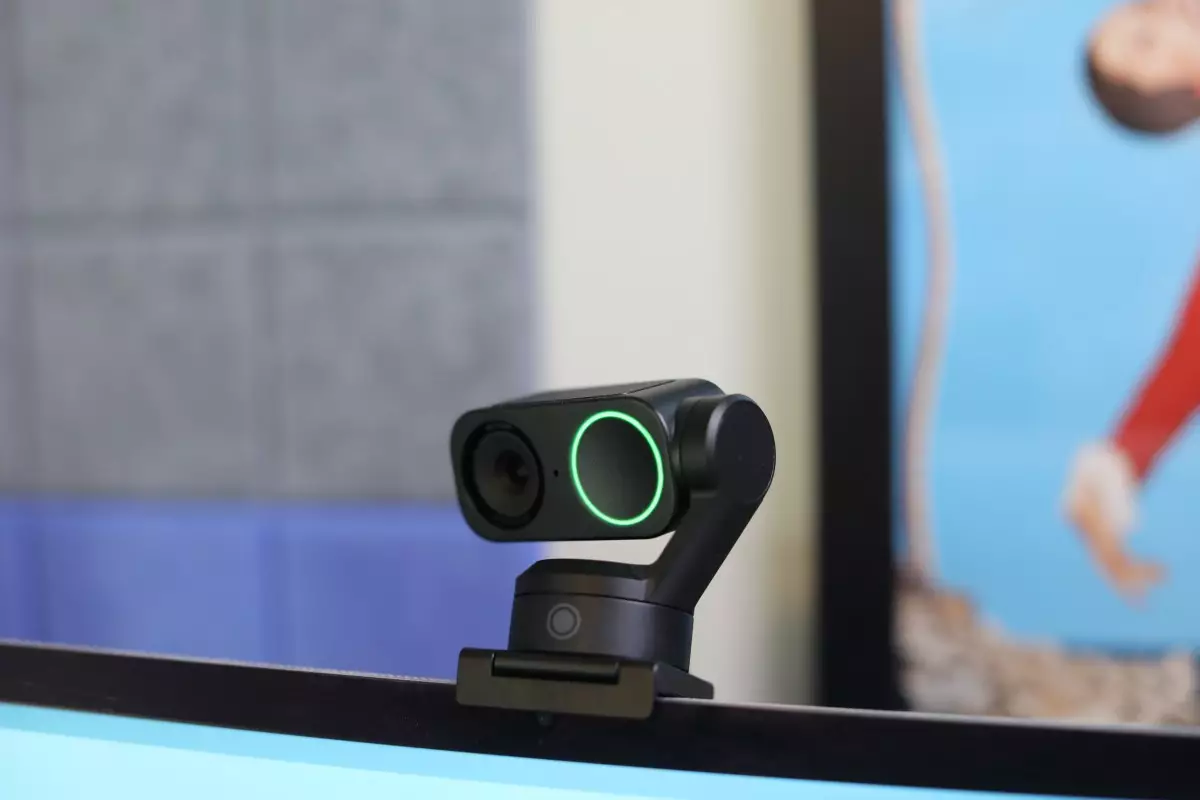In the realm of consumer technology, few products generate as much excitement as innovative webcams. The original Insta360 Link made a significant splash upon its release thanks to its unique features and compelling design. Now, with the introduction of its successors—the Link 2 and Link 2C—Insta360 continues to pave the way for advancements in video communication technology. This article delves into the features, pros and cons, pricing, and target audience for these emerging models, as well as their potential impact on the webcam market.
Key Features and Innovations
One of the standout features of the original Insta360 Link was its remarkable gimbal base, which provided smooth motion and dynamic adjustments during live streams and video calls. However, as was noted in earlier reviews, this innovation often felt excessive for the typical user who frequently keeps their webcam stationary. The newest models address this concern with a significant redesign. The Link 2 and Link 2C still retain high-definition capabilities, offering 4K video capture at 30 frames per second, making them suitable for professional environments and casual use alike.
While both models share several core specifications, their design philosophies set them apart. The Link 2 boasts the gimbal functionality for those who might require greater camera movement—ideal for presenters who may use a whiteboard or engage with multiple angles during their sessions. In contrast, the Link 2C ditches the gimbal, which directly impacts how the camera operates in terms of subject tracking. This move aims to cater to a broader market, presenting a more cost-effective option for everyday users who may not need such advanced features.
Price often serves as a critical factor in tech purchases, especially considering the proliferation of webcam options available today. The original Link was priced at $299, a figure that raised eyebrows given the availability of more affordable alternatives. However, Insta360’s pricing strategy for the Link 2 and 2C reflects a shift towards accessibility, with the Link 2 available for $200 and the Link 2C retailing for just $150. This downward adjustment speaks volumes about Insta360’s commitment to capturing a broader audience while still delivering quality performance.
Considering this pricing structure, the Link 2C stands out. At half the original price, the 2C still provides impressive 4K quality but sacrifices some advanced features, making it an attractive option for individual users and remote workers who need reliable video quality without excessive investment.
From a usability perspective, the shift from gimbal to fixed camera in the 2C model brings challenges but also unique benefits. Users benefit from lower prices and simplified setups; however, they must contend with reduced subject tracking capabilities. The need for manual adjustments when transitioning between different setups may deter some who value convenience over price.
Additionally, the 2C introduces a hardware privacy shutter—a thoughtful addition that addresses privacy concerns, providing peace of mind in an era where personal privacy is paramount. Meanwhile, the Link 2 retains its automatic lens orientation feature when quitting the camera app, effectively safeguarding users from unintentional recordings and preserving the lens quality by minimizing exposure.
The Insta360 Link 2 and Link 2C bring fresh competition to the webcam marketplace, particularly for users keen on balancing performance with cost. While the advancements in video quality and the thoughtful introduction of privacy features indicate a progressive approach to webcam design, users should carefully assess their own needs against the features offered by each model.
For everyday users, the affordability and quality of the Link 2C is likely to create significant appeal. Meanwhile, professionals seeking additional capabilities may lean towards the more versatile Link 2. Ultimately, the dynamic offered by these two models showcases Insta360’s understanding of market demands—a pivotal evolution for a brand that aims to define the next chapter in personal video communication.

